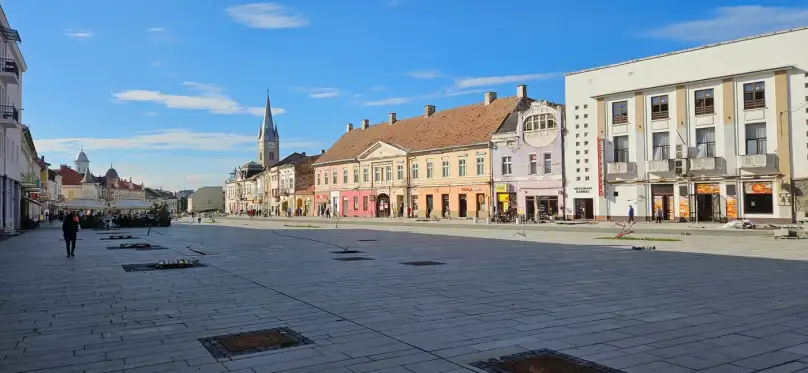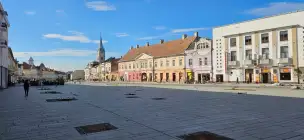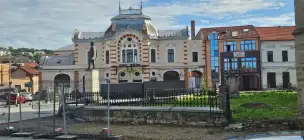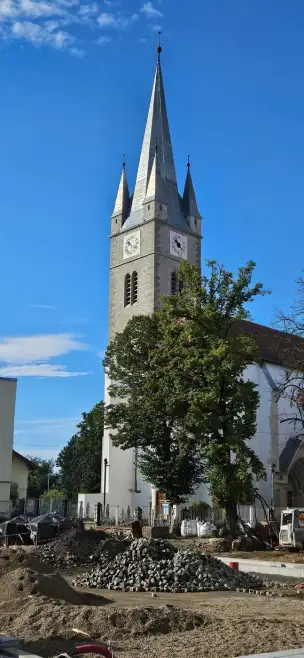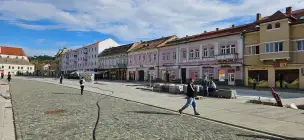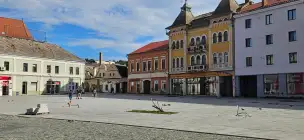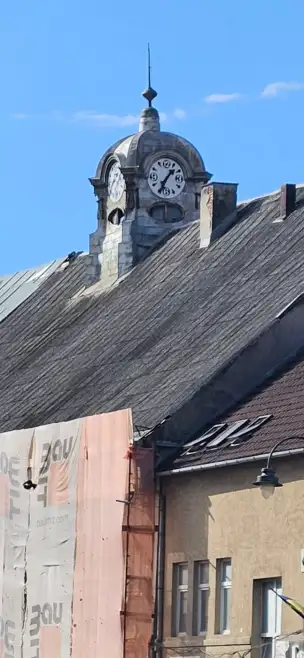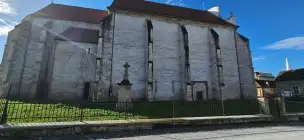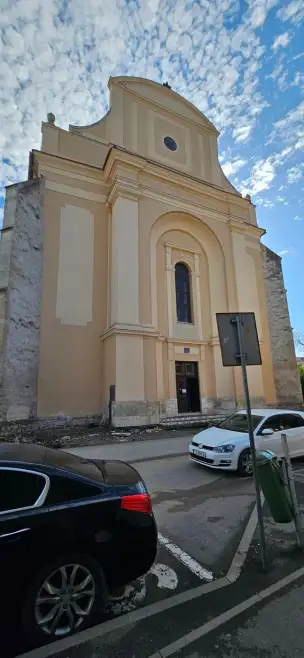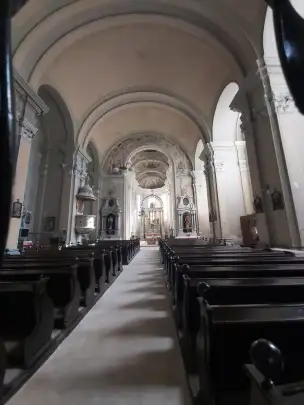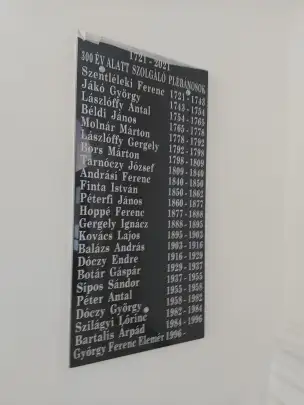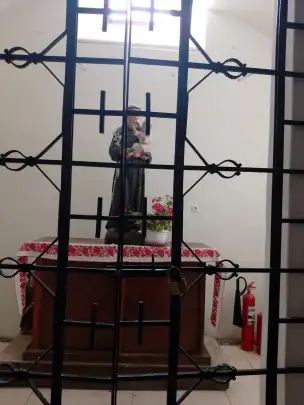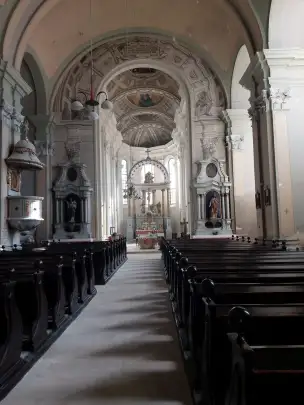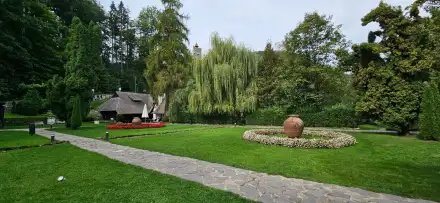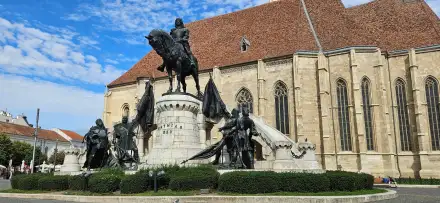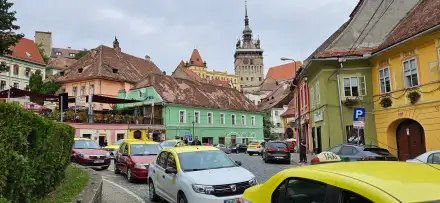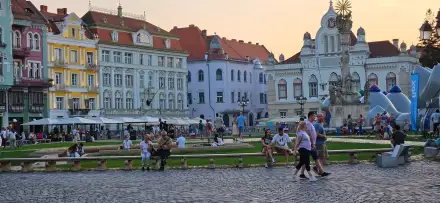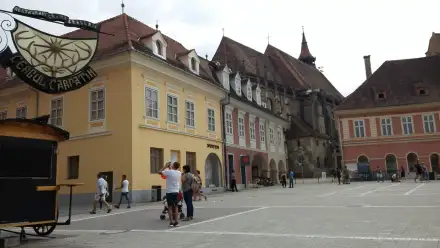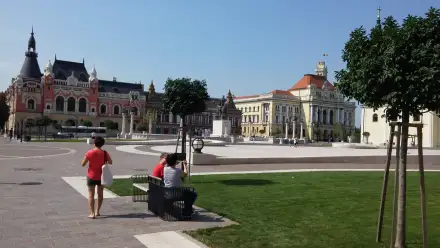A mining town located in the Alba Iulia basin, on the Ariesul Mare River.
One of the most important tourist attractions in Turda is the Turda Salt Mine (Salina Turda), which has been transformed into a fascinating destination for visitors. Inside, you can explore various corridors, chambers, and attractions such as an underground lake, an amusement park, and many more.
This vast underground sanctuary consists of several levels, featuring salt lakes, mining equipment, and numerous other attractions, including carousels and bowling alleys. It is one of the most extraordinary places in Romania.
Discover the best flights to Romania See current prices and promotions.
Check flights to Romania
Stary Rynek
Sanctuary of the Nativity of the Virgin Mary in Turda
The Roman Catholic church in Turda was built between 1475 and 1504 on the site of an older, smaller church.
Until the 18th century, the church was surrounded by defensive walls 2 meters thick and 12 meters high. During difficult times—especially during Tatar and Turkish invasions—the fortified church provided shelter for the local population, although most people sought refuge in Cheile Turzii. Remnants of these old walls were discovered as late as the 20th century, behind a single-story house next to the church on the southern side, facing the town square.
Among the church’s most important features were three murals on the choir ceiling depicting scenes from the life of the Virgin Mary, painted in 1830 by János Vitkay, as well as the choir’s stained glass windows. Today, only the frescoes have survived, partially repainted, while the stained glass was destroyed during World War II.



